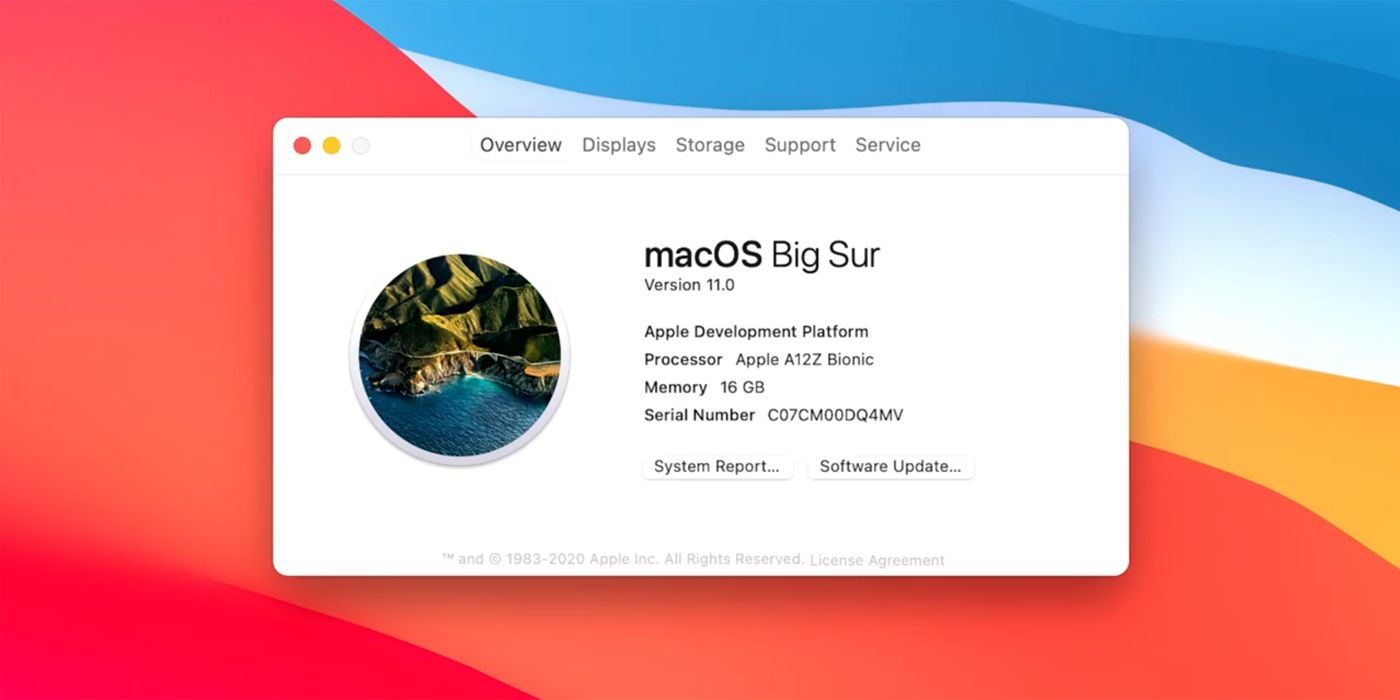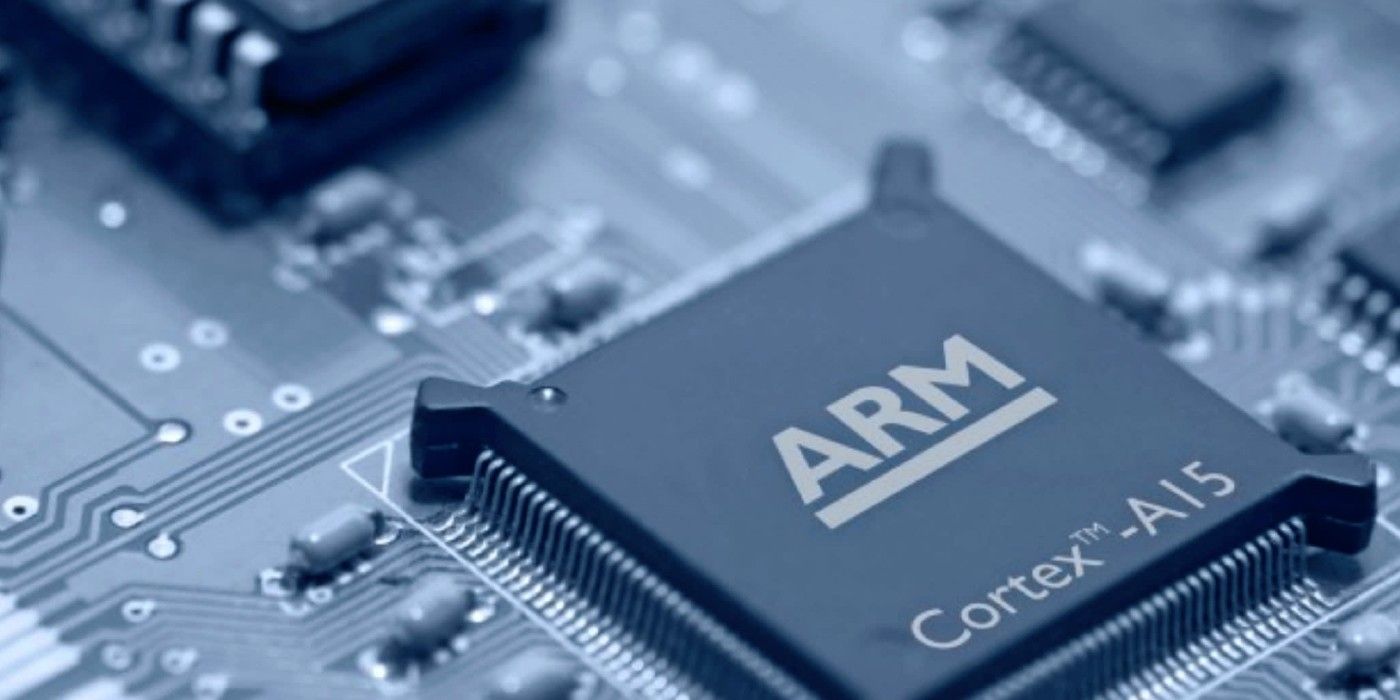Apple announced it will transition to its own chip through a system called Apple Silicon, today at WWDC. The company ran a lengthy demonstration showing how it plans to tackle translating programs from Intel to Silicon-based Macs.
Rumors that Apple would switch to manufacturing its own chips based closely on mobile architecture have stirred all year. The speculated reasons behind the transition have also held true: Apple was clear about its goal of delivering powerful technology while minimizing power consumption. As proof of that power, the news was delivered just after the WWDC presentation on the upcoming macOS Big Sur updates and came with the surprise news that that entire segment was running on Apple Silicon. More specifically, SVP Craig Federighi demonstrated this by opening the Mac's "About this Mac" menu, revealing it was running on an A12Z processor, which is what the 2020 iPad Pro uses.
This change introduces obvious questions about compatibility and Apple addressed those concerns immediately. Apple Silicon's stated goal is to create a common architecture across the entire Apple product line. That starts with first-party apps that currently run on Intel-based Mac computers, such as Final Cut Pro. Per the announcement, all first-party apps are already running natively on Apple Silicon Macs, in their fully-featured forms. The video segment also revealed that developers of other popular productivity apps are already working on Silicon-native versions, demonstrating Microsoft Office apps and Adobe Creative Cloud programs running on an iPad processor, inside a Mac computer.
Apple Wants All Apps to Transition to Apple Silicon
Beyond the aforementioned productivity apps and first-party programs, Apple was clear in its intent to have top-to-bottom support for iOS and iPadOS apps on Apple Silicon Macs. It showed mobile apps like Calm and Monument Valley running on a computer, with the touch-screen interface functioning via a mouse cursor. The video also showed off Shadow of the Tomb Raider, a relatively resource-intensive, modern video game, running on the same chip. This was the existing Mac App Store version of the game, built for Intel-based Macs, running smoothly on the new chip through emulation. According to Apple, there should be compatibility between most software made for Intel processors and the new chip.
Finally, Apple dug into how it plans to help developers switch to Silicon. The same version of X Code used to make the native versions of Apple's first-party programs will be available to developers going forward. The company is employing a new version of Rosetta to translate installed apps to run on Silicon automatically, at the point of installation.
All told, Apple's biggest strength is its ecosystem so we should expect the company to go to great lengths in pursuit of compatibility. At the close of WWDC came the announcement that the first Macs with Apple Silicon should launch this year, however, Apple will continue supporting Intel-based Macs for years to come, and continue making them for at least two years. That means we'll have direct comparisons available within months. Physical development kits, which are also running on the A12Z Bionic we know from the newest iPad, begin shipping within days.
Source: Apple


